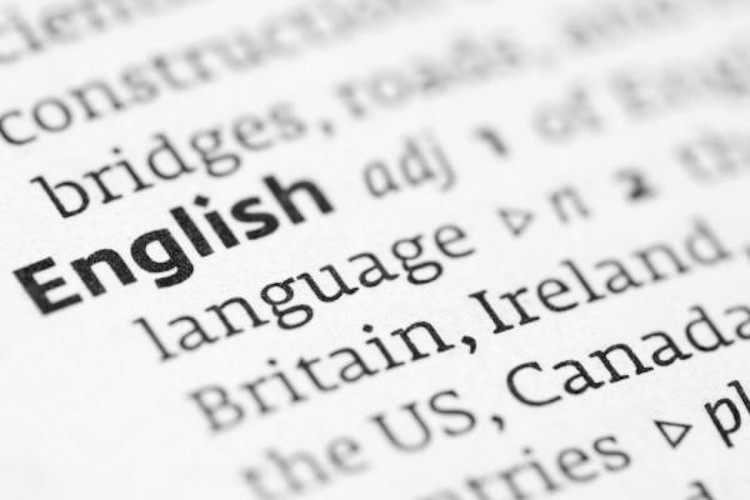Education
Ways Of Developing Paragraphs – Ganiu Bamgbose, PhD

The concept of paragraphing which underlies the division of a piece of writing into paragraphs has been discussed in one of my treatises. A paragraph is a short composition that consists of a group of related sentences which are connected to a single idea.
Recall that there is no specific length for a paragraph, provided that all of the sentences revolve round the central idea of the paragraph. That notwithstanding, a paragraph should not be too long. Also, a one-sentence paragraph is some kind of writing aberration, unless if it is done for a stylistic purpose. If the details of an idea are many, then the idea can be developed in two different paragraphs through paragraph linkers such as: in furtherance of that, in addition to the aforementioned and so on. The aim of this piece is to discuss different methods through which a paragraph can be developed. This will help writers achieve the essential features of a paragraph, such as clarity, unity and emphasis, completeness and coherence.
One way to develop a paragraph is through definitions. This method of paragraph development is useful when a concrete term is being discussed. Within a paragraph, a term that is not so familiar to the readers may have to be explained through paraphrasing, synonyms and near-synonyms. The different definitions help to make the term that is being discussed clearer. This, in turn, makes it easy to follow the argument on the term. For instance, if one is to write on ‘Economic Development in Nigeria’, most dictionaries have at least two definitions for development, and there are over a hundred definitions by scholars. Citing a number of these definitions in a paragraph can help broaden the readers’ perspectives.
Ways Of Developing Paragraphs
Another way to develop a paragraph is through an analogy. An analogy is a comparison between one thing and another, typically for the purpose of explanation and clarification. Most times, when dealing with abstract phenomena such as death, eternal life and hell, the best way to create a vivid picture is through analogies. For instance, when preachers want to create a picture of heaven, they ask the congregations to imagine a situation where they do not ever get angry, hungry, sad, disturbed, sick or tired. Then, the congregations are told that such is their lot if they live a righteous life. This method, too, can be deployed in paragraph development. Writers can paint scenarios to clarify, expatiate and buttress the central idea of a paragraph.
-
Round-Up Or Round Off: Demystifying Phrasal Verbs In English
-
The Uses and Functions of Auxiliary Verbs
-
Appraise Or Apprise: Verbs With Similar Forms In English
-
Achieving Effective Writing By Ganiu Bamgbose, PhD
A paragraph can also be developed through a presentation and critique of opinions. There is hardly any subject matter on earth that has not been commented on by earlier writers, either through formal writing or casual jottings. Some of these opinions can be presented and critiqued by a writer, in a paragraph. Note that a critique is a detailed analysis and assessment of something, especially a literary, philosophical or political theory. This definition which is sourced from the Oxford Dictionary of English can be used to critique another definition of critique given by the Cambridge Advanced Learner’s Dictionary which opines that a critique is especially negative. The juxtaposition of other persons’ positions is, therefore, another way of developing a paragraph. Note, however, that after a presentation of different perspectives, it is important for a writer to also take a stand by either supporting one of the sides presented in the paragraph or by presenting a new dimension to the discourse. In passing, the general reader should note that critique could be a noun (an act of analysing a subject) or a verb (the action of evaluating a situation in a detailed and analytical way):
The students attempted a critique (a noun) of Awoism.
Supervisors critique (a verb) students’ submissions to achieve reliable findings.While I guess that the general reader can infer from the discussion thus far that, to critique is not to criticise, it should be mentioned that a person who engages in a critique or criticism is a critic. So, if you want to get a good critique for your paper, I can recommend a critic with no bias.
The commonest way of developing paragraphs is through the provision of details. In this style of paragraph development, the writer presents the topic sentence first and goes on to buttress it with additional information to support the claim of the topic sentence. A writer who wants to talk about the falling standard of education in Nigeria could have a topic sentence like:
Education in Nigeria is in a shambles.Subsequent sentences which could talk about lack of infrastructure, good materials and personnel will all provide details on the pitiable state of education in Nigeria. This approach is the easiest in developing a good paragraph.
In conclusion, paragraphs are the wheels through which thoughts are convincingly communicated in writing. Proper use of any of the methods discussed above or a blend of them can help achieve a paragraph that fulfils its purpose.© 2022 Ganiu Abisoye Bamgbose (Dr GAB)
Department of English,
Lagos State UniversityFacebook Comments





